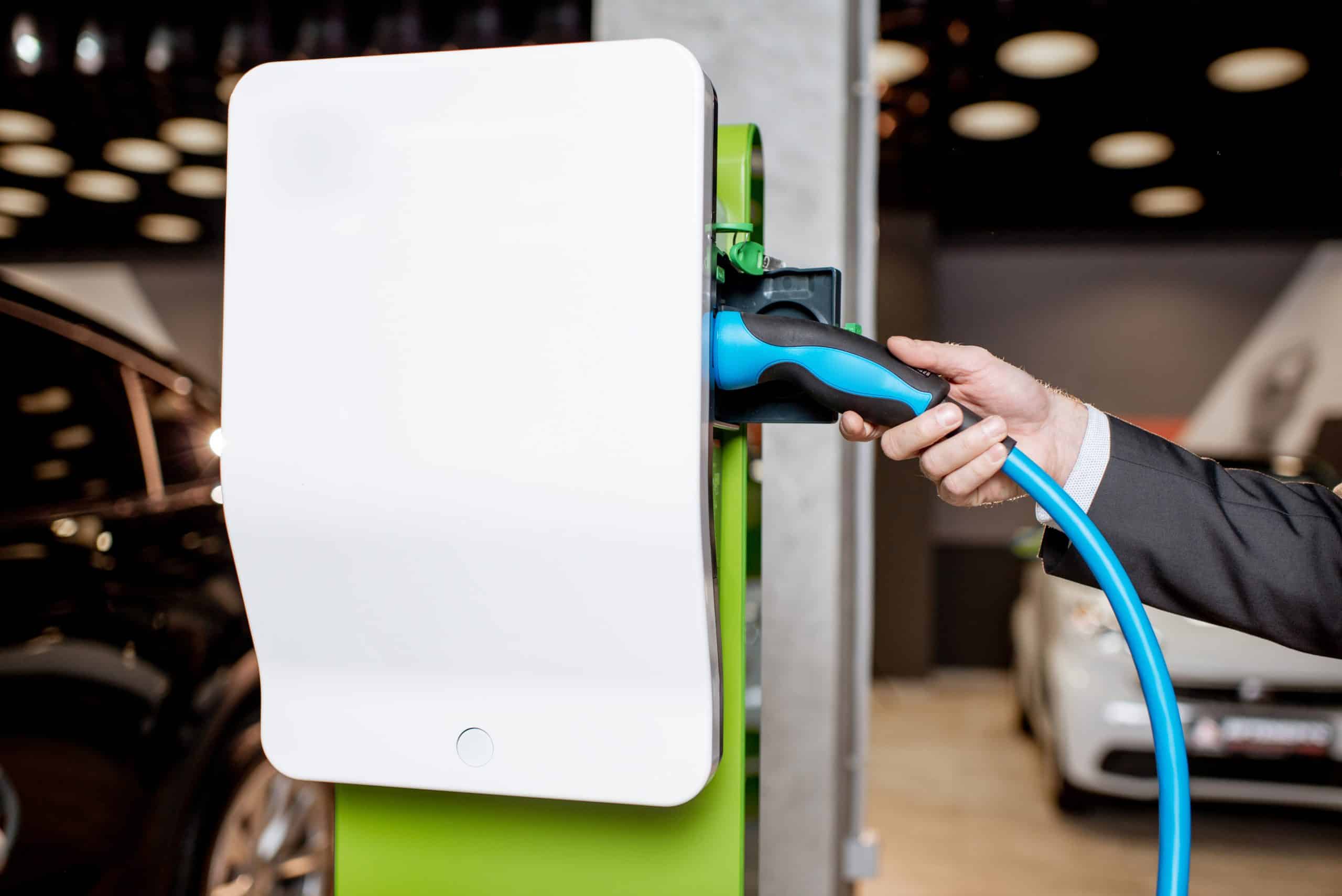The increasing prevalence of electric vehicles on our roads signifies a shift towards sustainable transportation. As a significant number of consumers continue to adopt electric cars, the topic of battery health has gained more importance. The lifespan of lithium batteries, the powerhouses of electric vehicles, and the optimal ways to maintain them are questions on the minds of many electric car owners. This article will delve into the best practices for charging an electric vehicle to prolong battery life, providing comprehensive guidelines for electric car owners to get the best mileage from their batteries.
Understanding Electric Car Batteries
Before diving into the best practices for charging, it’s essential to understand what constitutes an electric car battery. Modern electric vehicles predominantly use lithium-ion batteries. These batteries have a high energy density, which means they can store a lot of power relative to their size, making them ideal for electric cars. They are, however, susceptible to degradation over time, which can reduce the vehicle’s driving range.
A lire aussi : Can You Safely Increase Boost on a Stock BMW M3 Engine?
Manufacturers often express battery life as a total number of full charge cycles, typically ranging from 500 to 1,200 cycles. For instance, charging a battery from 0 to 100 percent would count as one cycle. However, real-world driving and charging habits can significantly affect this number, potentially reducing or extending the battery’s lifespan.
Best Charging Practices for Electric Cars
Now, let’s take a look at the best practices for charging an electric vehicle that will help preserve battery health.
A voir aussi : What’s the Best Way to Organize Tools in Your Car’s Boot?
Avoiding Full Charges and Deep Discharges
Contrary to popular belief, charging your electric car’s battery to 100 percent and draining it completely is not the best practice. In fact, this can be harmful to the battery over time. Most electric vehicle manufacturers recommend keeping the battery charge between 20 and 80 percent.
Electric cars have built-in battery management systems (BMS) that help regulate the battery’s charge. The BMS will prevent overcharging or undercharging, but keeping within this range can help prolong the health of the battery.
Optimal Charging Speeds
While fast chargers can be a boon for long-distance traveling, they may not be the best option for daily charging. Fast charging involves a high current pushed into the battery, generating heat that can degrade the battery over time.
Instead, using a Level 2 charger, which operates at 240 volts, for regular charging is ideal. Level 2 chargers are slower than DC fast chargers but still significantly quicker than standard household outlets. They offer a balance between charging speed and battery health, making them the best choice for regular charging.
Temperature Management
Temperature can significantly impact lithium-ion battery life, with extreme temperatures being particularly harmful. Both very high and very low temperatures can cause the battery to degrade faster.
If possible, try to charge your vehicle in a temperature-controlled environment. If that’s not feasible, try to avoid charging your vehicle when temperatures are at their highest or lowest. Instead, opt for charging during the cooler evening hours in the summer and the warmer daytime hours in the winter.
The Role of Driving Habits
Charging is not the only factor that affects your electric vehicle’s battery life. Your driving habits can also have a significant impact. Aggressive acceleration and high speed driving can put excessive strain on the battery, reducing its lifespan.
Instead, adopt a more relaxed driving style. Using the vehicle’s regenerative braking system, which converts kinetic energy into electric energy during braking, can also help optimize battery life.
Maintaining Battery Health Over the Years
Regular maintenance can also significantly improve battery health over the years. Keeping software up to date, for example, can ensure that the battery management system is as efficient as possible.
Just like a gasoline car needs regular oil changes, an electric car needs its battery checked periodically. While the specifics may vary, a general rule of thumb is to have the battery inspected every few years to identify any potential issues and address them before they impact battery life.
Remember, preserving an electric vehicle’s battery health is not only about how and when you charge but also encompasses how you drive and maintain your vehicle. Implementing these best practices can help ensure that your electric car’s battery remains healthy for many years, providing you with a reliable and cost-effective mode of transport.
Factors Affecting Electric Car Battery Longevity
A variety of factors can affect the lifespan of lithium ion batteries in electric cars, including factors outside of the owner’s control. However, understanding these variables can help you make informed decisions that maximize your battery’s life expectancy.
Firstly, the type and quality of the battery significantly impact its life. Different manufacturers use varying quality of materials and manufacturing processes, which shape the battery’s performance and durability. Some car manufacturers offer warranties on their batteries, which can provide a level of assurance about the battery’s longevity.
Next, the vehicle’s usage pattern also plays a crucial role. Car batteries fare better when they’re used regularly rather than sitting idle, as this keeps the battery active and healthy. Similarly, frequent short trips that require repeated charging can also affect battery health.
Furthermore, the external environment and climate can hasten degradation of electric vehicle batteries. Extreme temperatures, both hot and cold, can cause physical changes in the battery that reduce its capacity and lifespan. In particular, hot weather can cause the battery to overheat, leading to irreversible damage.
The car’s integrated battery management system (BMS) plays a crucial role in maintaining battery health. It manages battery charging and discharging, ensuring optimal operation. Keeping the vehicle’s software up to date will help the BMS work efficiently.
Lastly, proper maintenance and care can extend the battery life of your electric car. Regular checks and services can identify potential issues early, allowing you to address them before they cause significant damage.
Conclusion: Charging Practices for Electric Car Battery Preservation
The overall battery health of your electric vehicle largely depends on how you handle charging, how you drive, and how you maintain your vehicle. Following best practices for charging – such as avoiding full charges and deep discharges, opting for optimal charging speeds, and managing temperature – can significantly extend the life of your car battery.
Likewise, adopting a relaxed driving style and using the regenerative braking system efficiently can also help optimize battery life. Regular maintenance, keeping the software up to date, and getting the battery inspected every few years will help to ensure your battery remains healthy.
As an electric car owner, your goal should be to preserve the battery’s capacity, which directly impacts the vehicle’s driving range. While factors like battery type, usage patterns, environmental conditions, and the car’s BMS might be out of your control, you can still manage the charging process, your driving habits, and maintenance routines to prolong the life of your battery.
By incorporating these best practices, you can ensure your electric vehicle’s battery lasts longer, saving you both money and time in the long run. Remember, a healthy battery electric vehicle battery is integral to your vehicle’s performance and reliability.











